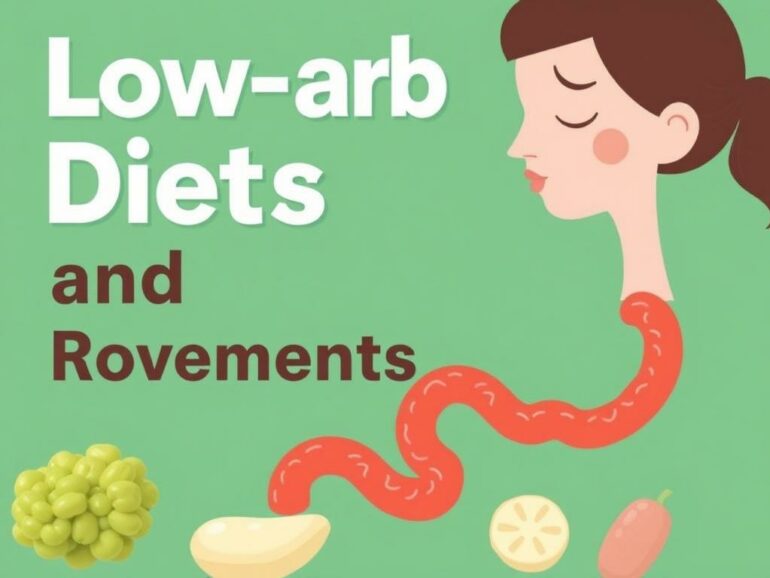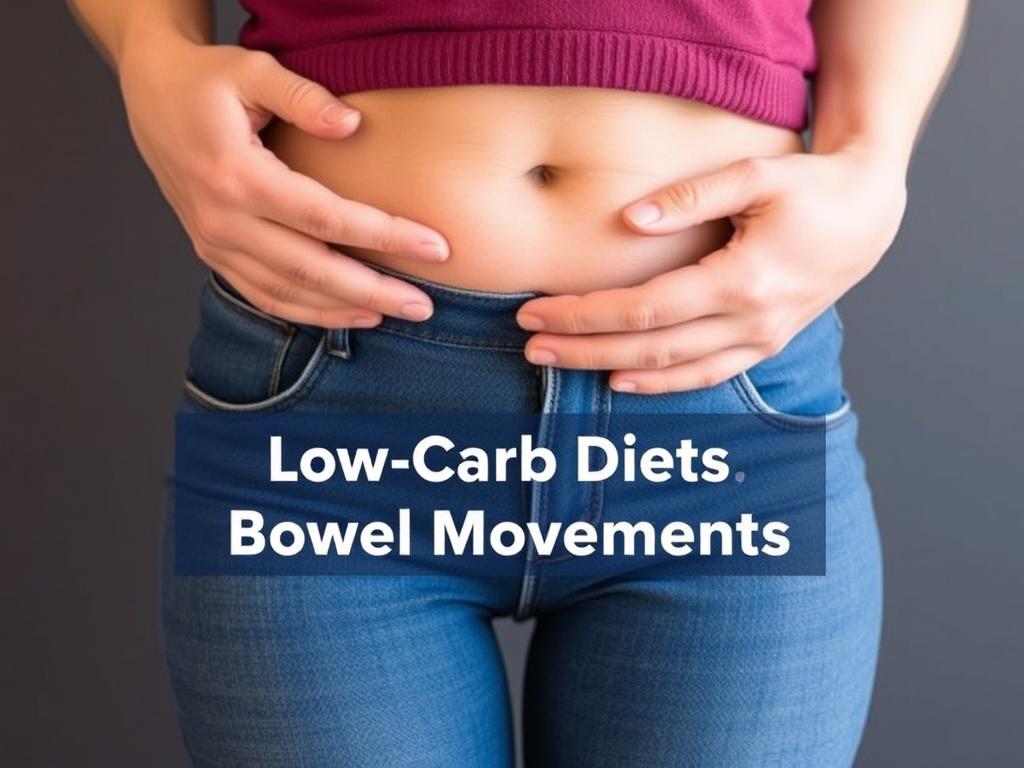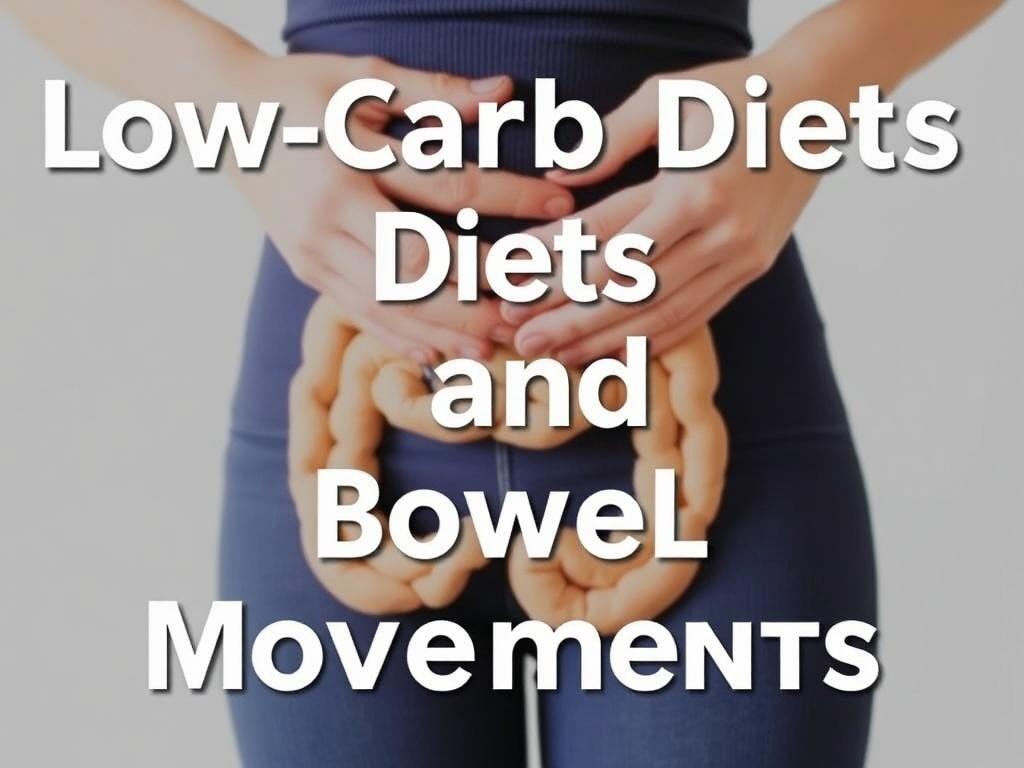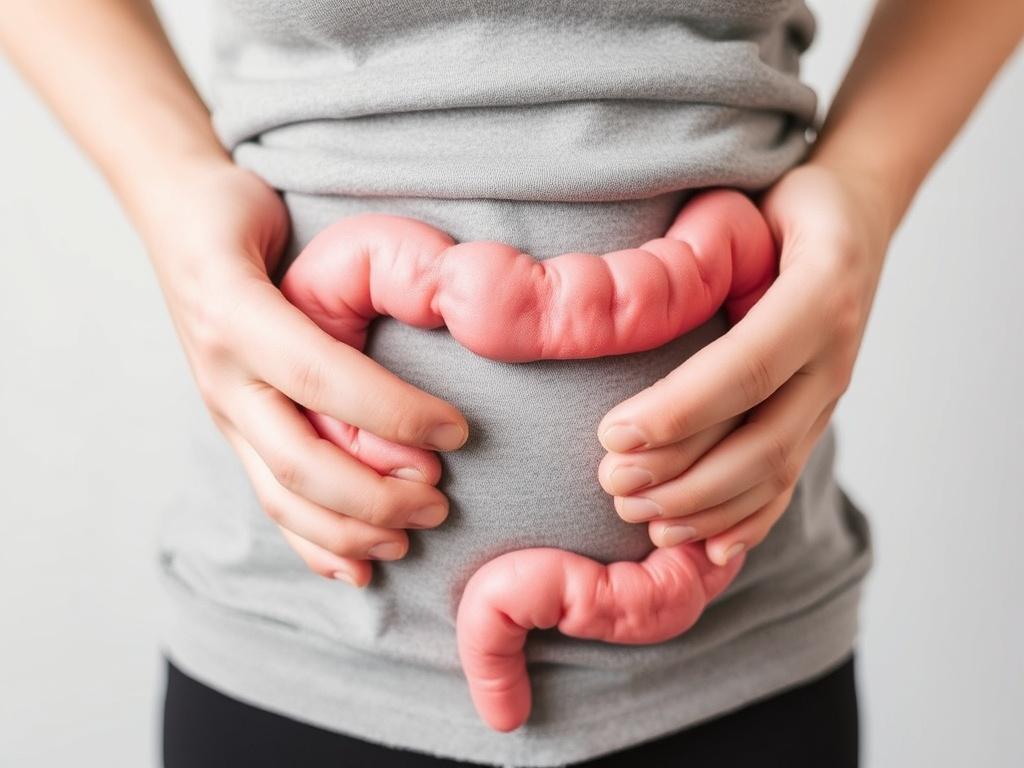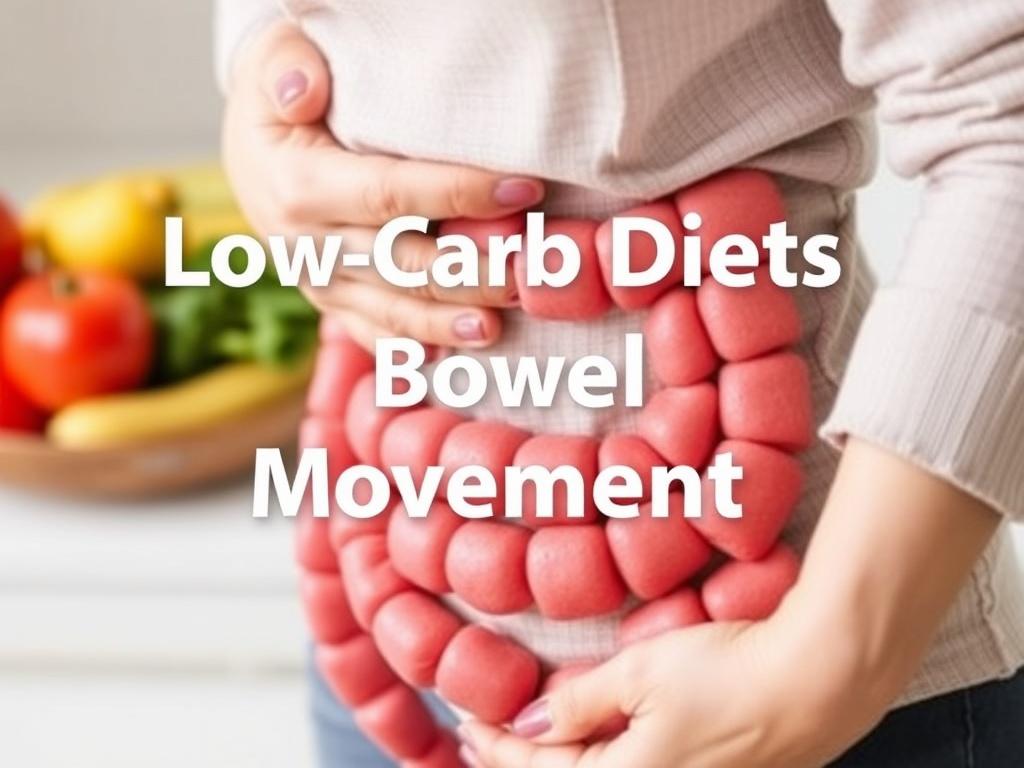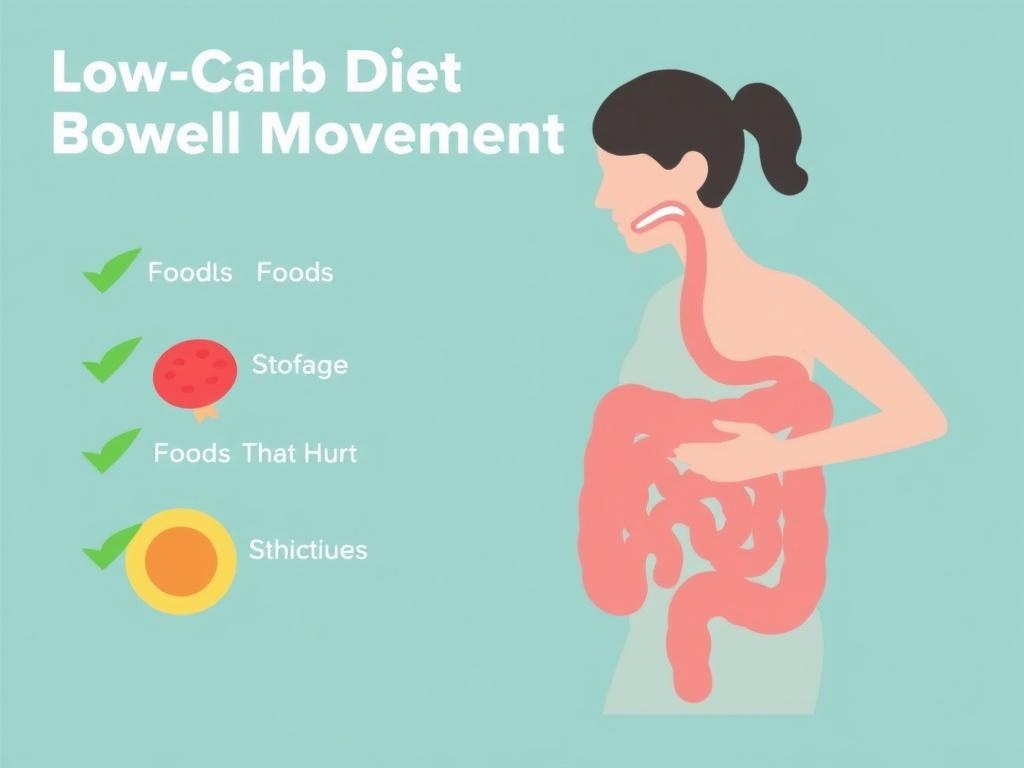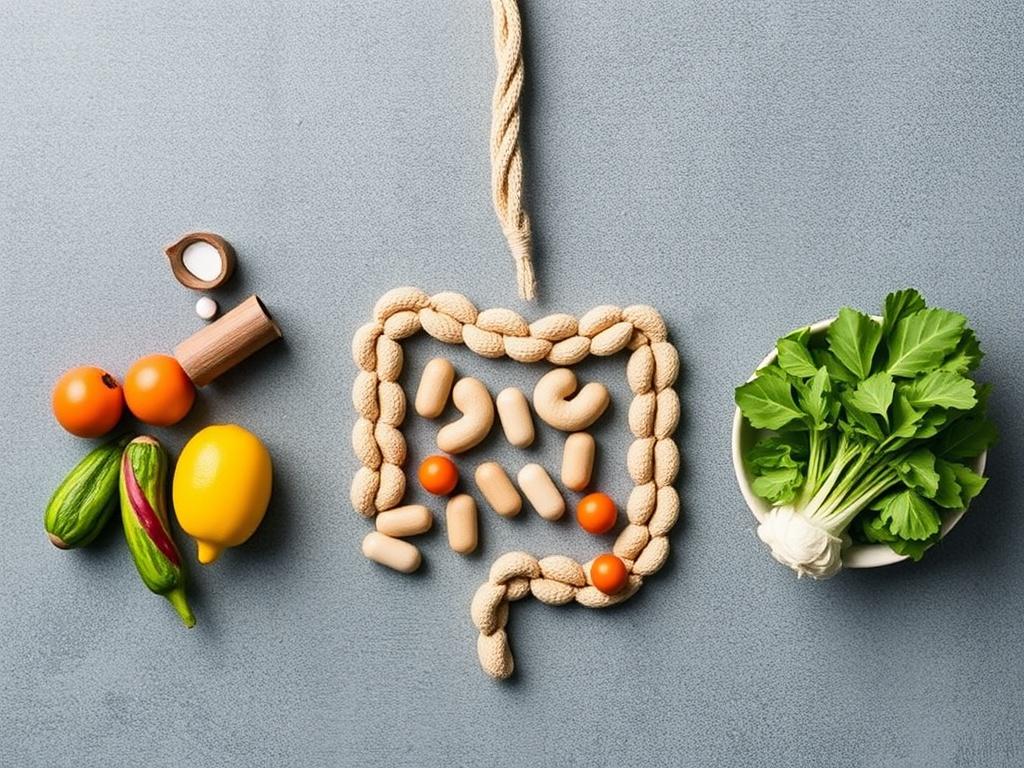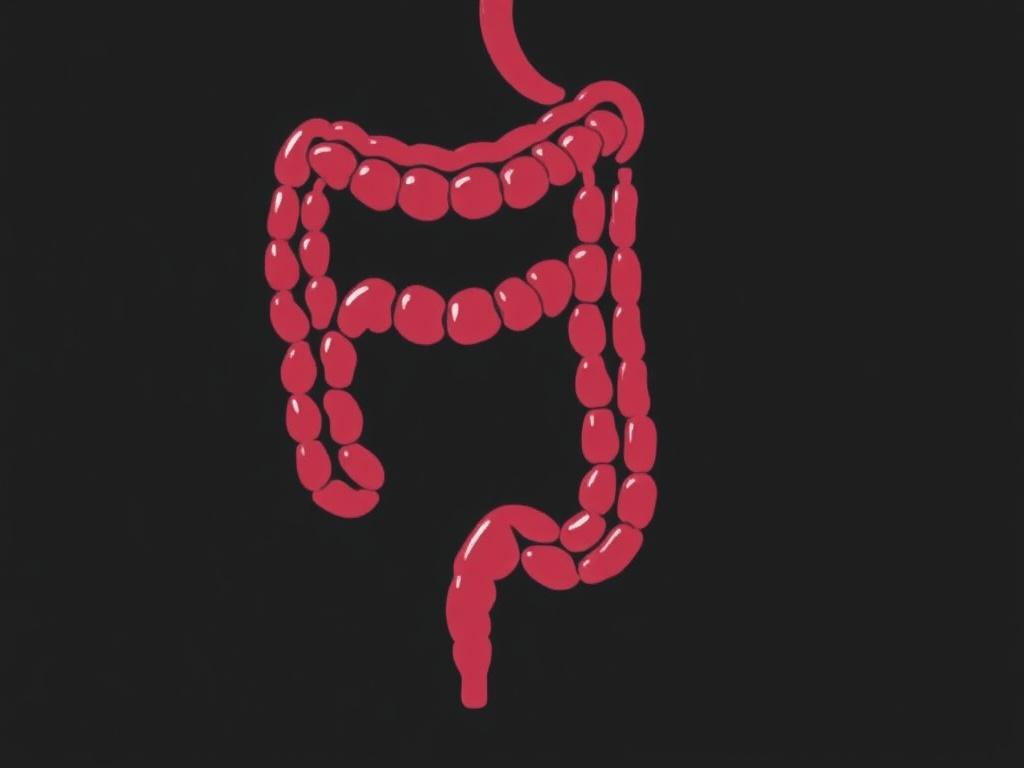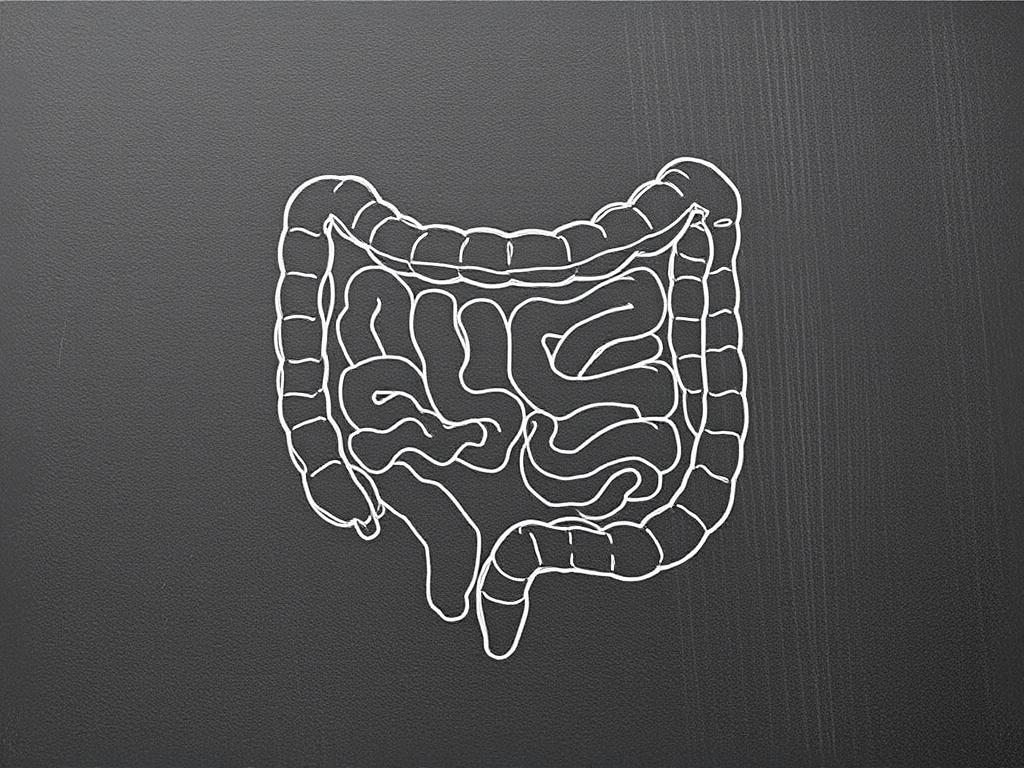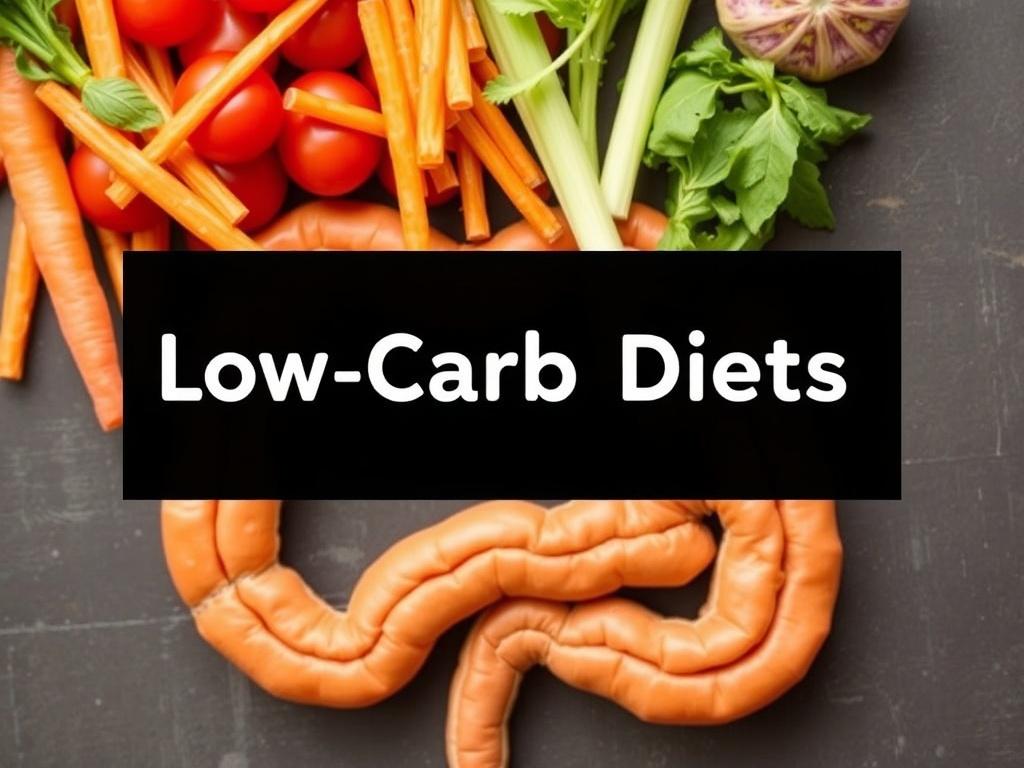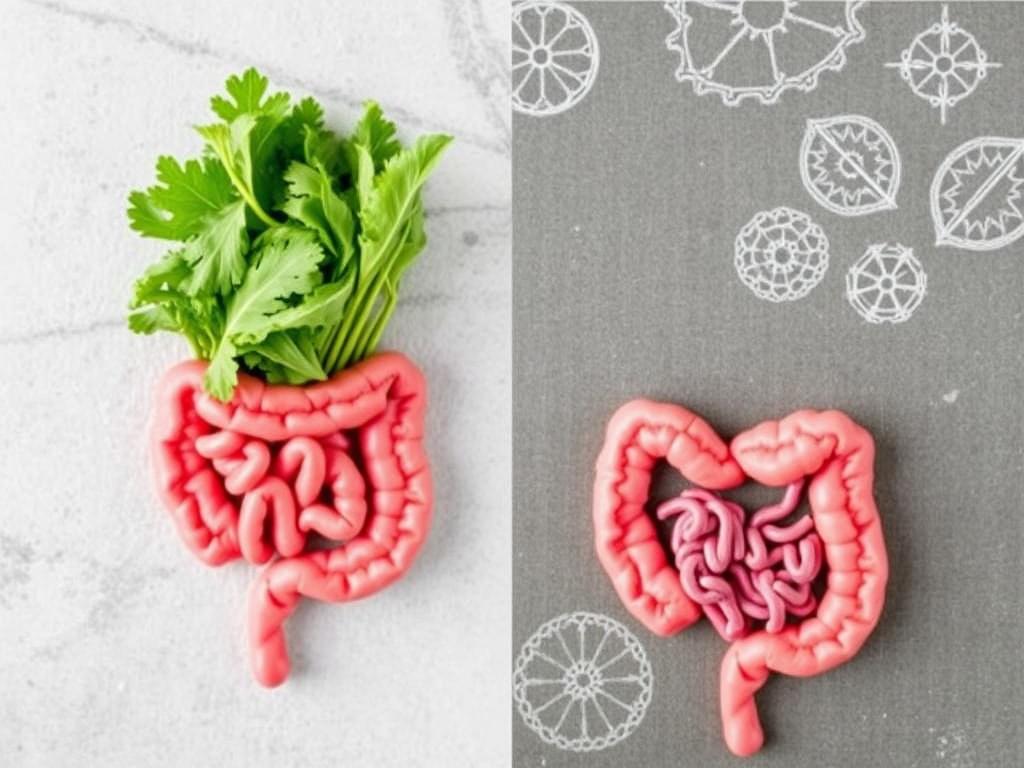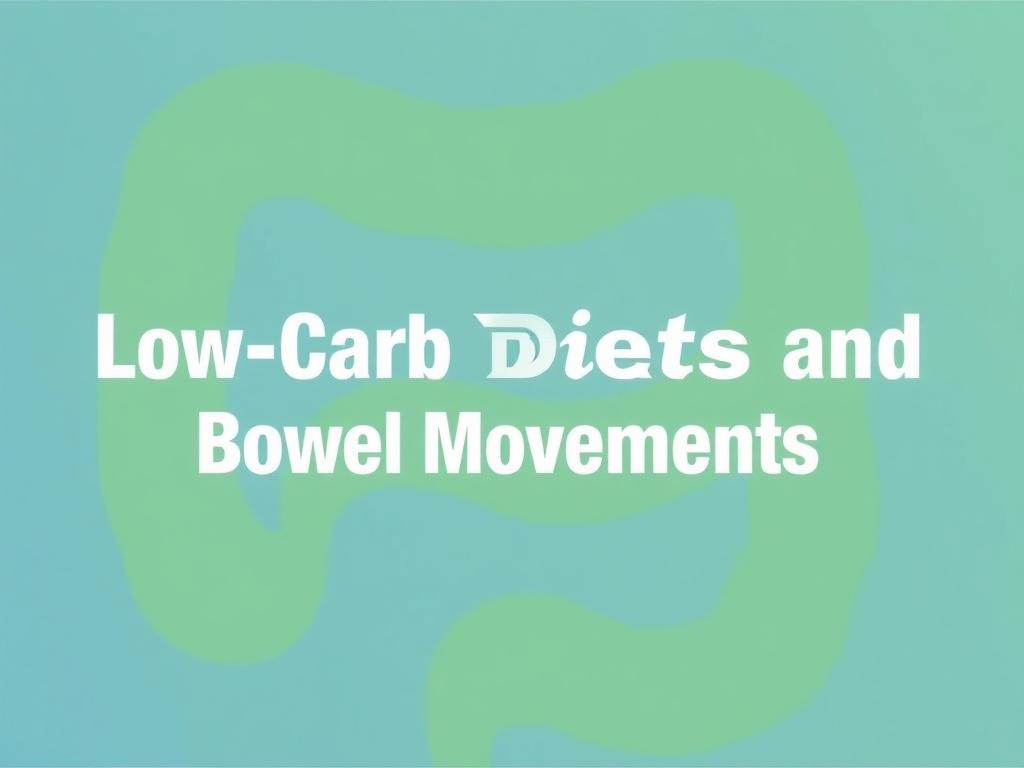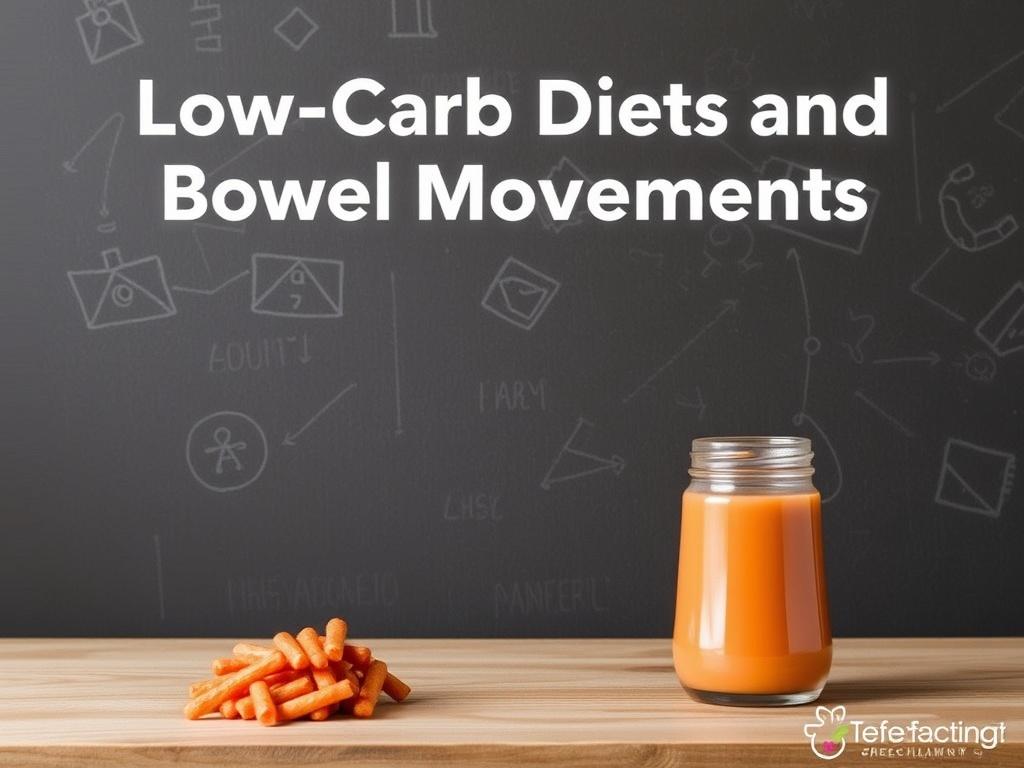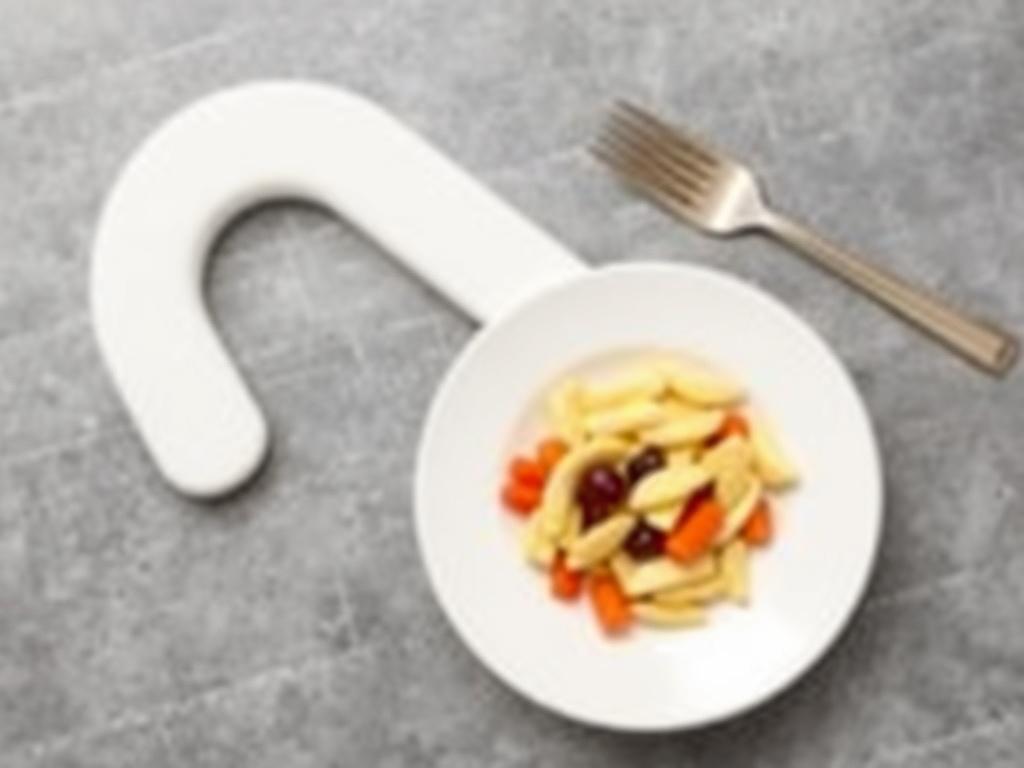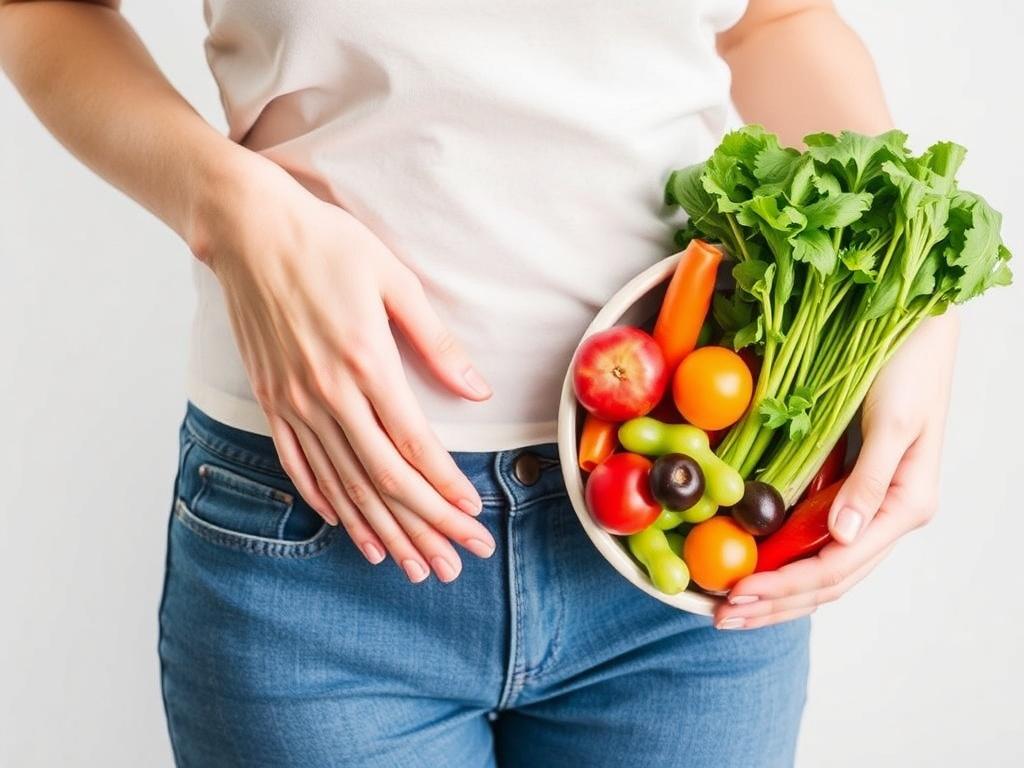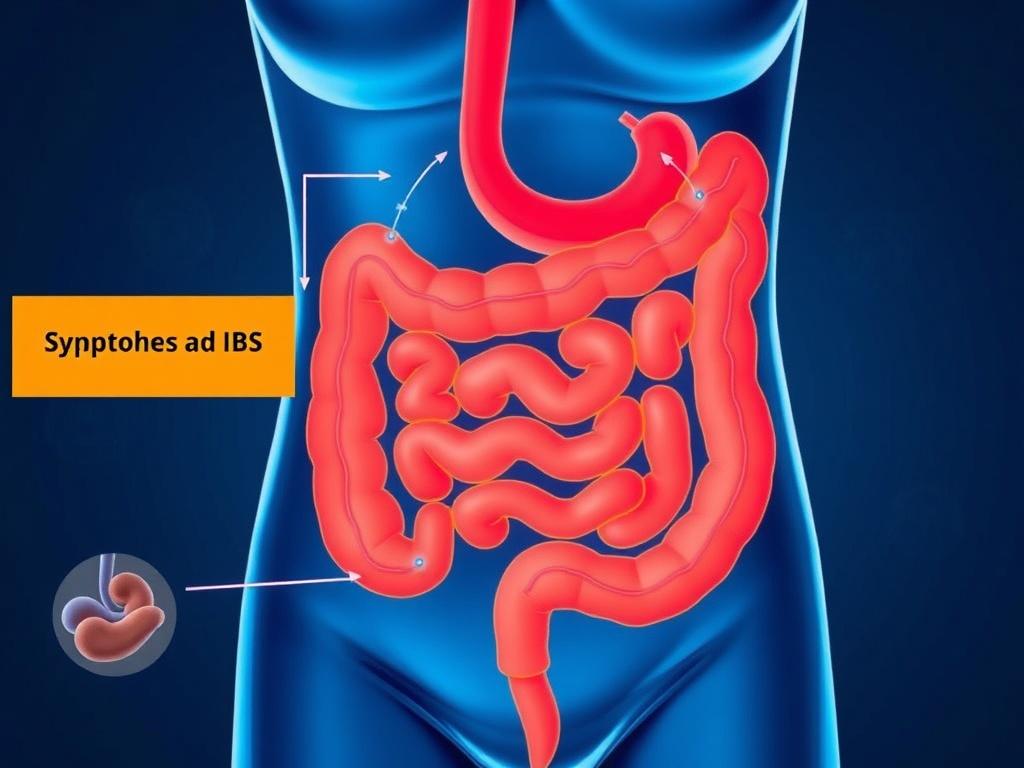Starting a low-carb diet can feel like stepping into a new world. You swap out bread and pasta for vegetables, meats, and fats, and suddenly your body starts sending messages you didn’t get used to before—some welcome, some less so. One of the most common adjustments people notice is a change in bowel movements. Maybe you’re constipated for the first time in years, or perhaps you’re making more trips to the bathroom than usual. It can be confusing, frustrating, and a little embarrassing, but it’s also manageable. In this article I’ll walk you through why these changes happen, what’s normal, and practical steps to keep your gut happy while staying low-carb.
I’ll be conversational, and I’ll keep things simple. We’ll cover the physics and biology of digestion in plain language, look at the most common problems people experience on low-carb diets, and offer actionable solutions you can try right away. There are tables to help you compare causes and remedies, and lists of low-carb, gut-friendly foods and supplements. Whether you’re doing a moderate low-carb plan, keto, or a cyclical low-carb approach, you should come away feeling more confident about how to manage your bowel health.
Why Low-Carb Diets Change Your Bowel Movements
When you change what you eat, your digestive system has to adapt. That’s true whether you cut out gluten, go vegetarian, or reduce carbs. But low-carb diets have a few unique features that make bowel changes common.
First, fiber intake often drops. Many high-carb staples like breads, cereals, rice, and fruit contribute fiber; remove them without replacing their fiber content and stool can become smaller and harder to pass. Second, higher fat intake affects stool consistency and speed—fat slows stomach emptying for some people but can also speed intestinal transit in others, especially if the body isn’t used to digesting a lot of fat. Third, shifts in the gut microbiome occur rapidly when carbohydrate supply changes, because many gut bacteria feed on the carbohydrates and fibers in our diet. Alter the menu and the population of bacteria shifts, sometimes reducing the bacteria that help form softer, bulkier stools.
Finally, some low-carb dieters increase intake of sugar alcohols (found in some low-carb snacks), sugar substitutes, or certain high-FODMAP vegetables, all of which can cause gas, bloating, or diarrhea in sensitive people. Electrolyte changes and dehydration—especially early on when glycogen stores are depleted and the body sheds water—also play a role in constipation and cramping.
Initial Adaptation: The First Few Weeks
The first one to four weeks are the most common time to notice changes. As your body burns through stored carbohydrates (glycogen), it releases water and electrolytes. That water loss can shrink stool volume and make bowel movements less frequent. You might also experience changes in stool smell, color, and frequency as fat intake increases and different bacterial species take over.
During this time it’s helpful to be patient—many people see improvements after a few weeks when their fibers get dialed in, and the gut microbiome adapts. However, if symptoms are severe or prolonged, that’s a signal to take action or consult a professional.
Common Bowel Issues on Low-Carb Diets and Why They Happen
1) Constipation
Constipation is the most common complaint. It usually happens because of a sudden drop in fermentable fiber, less stool bulk, or dehydration. Low fiber means less material to absorb water and keep stool soft and bulky. If you’ve cut out fruit, whole grains, legumes, and starchy vegetables without adding low-carb fiber sources, constipation is more likely.
Symptoms: fewer than three bowel movements per week, hard or lumpy stools, straining, a feeling of incomplete evacuation.
2) Diarrhea
Diarrhea on a low-carb diet can be caused by too much fat, fat malabsorption (especially if you have gallbladder issues), sugar alcohols (like xylitol, sorbitol, mannitol), or starting probiotics/antibiotics that alter gut flora. Ketosis itself can temporarily change stool consistency for some people.
Symptoms: loose or watery stools, urgency, more frequent bowel movements, sometimes oily or frothy stools if fat is not being absorbed well.
3) Bloating and Gas
Switching to different vegetables and increased protein can change fermentation patterns in the colon. Some people react to cruciferous vegetables (broccoli, cauliflower), onions, garlic, and certain sugar alcohols. Also, a shift in gut bacteria can increase gas production temporarily.
Symptoms: abdominal distention, belching, flatulence, cramping.
4) Alternating Bowel Habits
You might experience constipation and diarrhea in alternation. This can happen as the microbiome oscillates while settling into a new steady-state, or due to inconsistent fiber, fluid, and fat intake.
Symptoms: day-to-day variability in bowel frequency and consistency.
5) Changes in Stool Color and Smell
Higher fat intake can darken stool or make it have a stronger smell. Certain foods (beets, spinach, turmeric) also change color. If stool is pale, greasy, or floaty, it may suggest fat malabsorption, which deserves attention, especially if accompanied by weight loss.
Simple Tests and Tracking You Can Do at Home
Before you panic or run to supplements, do a little detective work. It’s often easy to identify the cause.
- Keep a food and stool diary for 1–2 weeks: note foods, water intake, bowel frequency, stool form (use the Bristol Stool Scale as a guide), and symptoms like bloating.
- Try eliminating obvious culprits one at a time for a few days: sugar alcohols, artificial sweeteners, or particular vegetables.
- Track hydration and salt intake—especially early in the diet—and monitor whether increasing fluids and electrolytes makes a difference.
- Note timing: did the problem start immediately after reducing carbs, or only after increasing fat, or after a packaged “keto” product?
Practical, Step-by-Step Remedies and Preventive Strategies
Here are concrete adjustments you can make, starting from easy to more involved. Try one change at a time so you can see what helps.
1) Increase Low-Carb Fiber
Not all fiber is high in carbs. Concentrate on non-starchy vegetables (leafy greens, zucchini, asparagus), seeds like chia and flax (in moderate amounts), avocados, and small amounts of low-carb fruits (berries). Psyllium husk is a fiber supplement often used on low-carb diets because it adds bulk without many digestible carbs.
- Daily goal: aim for 20–35 grams of total fiber if tolerated. Start lower and build up slowly to reduce gas.
- Examples of low-carb fiber sources: chia seeds (1 tbsp ~5g fiber, 2g net carbs), flaxseed (1 tbsp ~3g fiber), avocado (1/2 medium ~6–7g fiber), broccoli (1 cup ~5g fiber).
2) Boost Fluid and Electrolytes
Many people forget how much water they lose when going low-carb. Glycogen binds water; when you deplete glycogen, you excrete that water. Dehydration and low sodium/magnesium/potassium can worsen constipation and cramps.
- Drink water consistently throughout the day—don’t rely on thirst alone.
- Include electrolyte-rich foods or a low-carb electrolyte drink: bone broth, bouillon, salted water with a squeeze of lemon, or commercial electrolyte formulas without added carbs.
- Consider magnesium (magnesium citrate or magnesium oxide) if you are constipated; it often helps soften stools. Start with a low dose to avoid diarrhea.
3) Adjust Fat Gradually
If you went from moderate fat to very high fat quickly, your gallbladder and pancreas might need time to catch up with enzyme production. Increase fat more slowly and consider splitting fats across meals.
- Include some easily digestible fats: olive oil, avocado oil, and small amounts of coconut oil.
- Avoid very large fat-heavy meals early on—smaller, balanced meals are easier to tolerate.
4) Be Mindful of Sugar Alcohols and Low-Carb Packaged Foods
Many low-carb packaged snacks use sugar alcohols like erythritol, sorbitol, maltitol, and mannitol. Erythritol is better tolerated by many people, but others still react. Sorbitol and mannitol are more likely to cause diarrhea.
- Check ingredient labels—if a product lists sugar alcohols or inulin, test it in small amounts first.
- Consider eliminating packaged “keto” foods temporarily to see if symptoms improve.
5) Add Probiotics and Prebiotics Carefully
Probiotics can help reset gut flora for some people, but starting them can temporarily increase gas and bloating. Prebiotics (inulin, fructooligosaccharides) feed certain bacteria—and they can trigger symptoms if you’re sensitive.
- Try a lower-dose probiotic with multiple strains (Lactobacillus, Bifidobacterium) and increase slowly.
- If inulin or other prebiotic fibers worsen symptoms, reduce or stop them and emphasize whole-food fibers instead.
6) Use Short-term Laxatives Strategically
If constipation is severe, a short-term laxative or stool softener can help while you implement longer-term fixes. Options include polyethylene glycol (Miralax), senna (short-term stimulant), and fiber supplements like psyllium. Use under guidance if you have chronic issues.
7) Exercise and Movement
Physical activity stimulates gut motility. Even a daily 20–30 minute walk after meals can help move things along.
Foods That Help vs. Foods That Hurt
Below is a simple table to help you decide which foods to favor and which to limit when trying to stabilize bowel movements on a low-carb diet.
| Goal | Help: Low-Carb Options | Limit or Avoid |
|---|---|---|
| Increase bulk and soft stools | Avocado, chia seeds, ground flax, leafy greens, broccoli, asparagus | Refined low-carb bars/crackers with sugar alcohols, extreme low-fiber diets |
| Reduce bloating/gas | Cooked vegetables, peeled cucumbers, zucchini, fennel, ginger tea | Raw cruciferous vegetables in large amounts, onions/garlic if sensitive |
| Prevent diarrhea from fat | Smaller fat portions per meal, easy-to-digest proteins, cooked veggies | Very large fatty meals, heavy cream or MCT oil in high doses initially |
| Support microbiome | Fermented foods in moderation (unsweetened yogurt, kefir, sauerkraut), diverse vegetables | Excessive inulin supplements, frequent artificial sweeteners |
Supplements and When to Use Them
Supplements are not mandatory but can be helpful. Below is an overview of commonly used options and when they may be appropriate.
Fiber Supplements
— Psyllium husk: bulks stool and can help both constipation and diarrhea by normalizing stool consistency. Start with 1 teaspoon and increase as tolerated, taken with plenty of water.
— Ground flaxseed: adds bulk and omega-3s; can be added to smoothies or yogurt.
— Inulin: a prebiotic fiber; helpful for some, but can cause gas in sensitive people.
Magnesium
Magnesium citrate or magnesium oxide is often used for constipation because it draws water into the gut. It can be started at low doses (e.g., 200–300 mg) and increased if needed. Beware: too much causes diarrhea.
Probiotics
A multi-strain probiotic can help rebalance gut flora. Strains like Lactobacillus and Bifidobacterium are generally well-tolerated. If probiotics worsen symptoms, pause and reassess.
Digestive Enzymes and Bile Support
If you experience greasy, floating stools or have a history of gallbladder removal, digestive enzymes with lipase or bile acid supplements may help fat digestion. Consult your healthcare provider before starting these.
Special Situations and Populations
People with IBS or a Sensitive Gut
If you have irritable bowel syndrome (IBS), low-carb diets can help some people and worsen symptoms for others. Pay attention to FODMAPs—many low-carb foods (onions, garlic, cauliflower) are high in FODMAPs and can trigger IBS. Work with a dietitian if possible.
Vegetarians and Vegans on Low-Carb Plans
Plant-based low-carb diets can be a challenge for bowel health because common low-carb protein sources (tofu, tempeh) may still lack the fiber found in whole grains and legumes (which are often limited). Focus on fiber-rich vegetables, chia, flax, nuts, and consider psyllium or other supplements.
Older Adults
Constipation risk increases with age due to slower gut motility and medication use. On low-carb diets, older adults may need extra attention to fluid and fiber and should consult healthcare providers before starting supplements.
People with Medical Conditions or on Medications
If you have diabetes, kidney disease, inflammatory bowel disease, or are taking medications that affect digestion or electrolytes, check with your healthcare provider before making drastic dietary changes or starting new supplements.
When to Seek Medical Help
Most bowel changes on a low-carb diet are temporary or easily managed. However, see a healthcare provider promptly if you experience:
- Severe abdominal pain, fever, or blood in stool.
- Unintentional and rapid weight loss along with diarrhea.
- Stools that are very pale, greasy, and difficult to flush (possible fat malabsorption).
- Bowel movements stop entirely for several days and you feel ill.
- Any new or worsening symptoms if you have a chronic condition.
These signs can indicate a more serious problem that requires evaluation.
Practical Meal Ideas That Support Regularity on Low-Carb
Here are simple meal examples that balance low carbs with gut-friendly fiber and moderate fat. Each meal includes a good source of fiber, protein, and manageable fat.
- Breakfast: Plain full-fat Greek yogurt (unsweetened) with a tablespoon of chia seeds, a handful of raspberries, and a sprinkle of chopped nuts.
- Lunch: Large salad of mixed greens, grilled chicken, avocado, steamed broccoli, olive oil and lemon dressing; a side of fermented vegetables.
- Snack: Sliced cucumber and celery with a tablespoon of almond butter or a small serving of cottage cheese with ground flaxseed.
- Dinner: Baked salmon, roasted asparagus and zucchini, cauliflower “rice” sautéed with a little garlic (if tolerated) and olive oil.
- Optional dessert: A few berries with whipped cream or a small piece of dark chocolate (70%+).
What the Evidence Says: A Quick Look
Scientific studies show that low-carb diets are effective for weight loss and metabolic improvements in many people. They also consistently change gut microbiota composition, often decreasing bacteria that thrive on carbohydrates and increasing others. The clinical impact on bowel habits varies widely—some people report improved regularity and less bloating, while others experience constipation or diarrhea. The differences come down to individual biology, baseline fiber intake, hydration, the specific foods chosen, and whether packaged low-carb products are heavily used.
Clinical guidance emphasizes balancing nutrient intake, maintaining adequate fiber, and monitoring hydration and electrolytes. In short: the diet is powerful, but how you implement it determines comfort and long-term success.
Common Myths and Misunderstandings
Myth: Low-carb diets always cause constipation
Not necessarily. Many people feel less bloated and more regular after removing refined carbs and sugar. The key difference is whether you replace those calories with low-fiber foods or with fibrous, low-carb vegetables and seeds.
Myth: You should stop eating fiber on low-carb
Fiber is important for bowel health and the microbiome. The trick is to choose low-carb fiber sources and reintroduce them slowly.
Myth: If you have diarrhea, you must be allergic to fat
Diarrhea can be caused by many things—sugar alcohols, stress, infection, medications—not just fat. If stool is pale, greasy, and foul-smelling, then fat malabsorption is more likely and deserves evaluation.
Tips for Long-Term Gut Health on a Low-Carb Plan
Here are practical habits to adopt for sustained bowel comfort and a healthy gut.
- Eat a variety of low-carb vegetables every day to keep your microbiome diverse.
- Stay hydrated and include sodium, potassium, and magnesium as needed—especially in the first weeks.
- Avoid relying on packaged “keto” snacks; whole foods give you fiber and nutrients.
- Introduce new fibers and probiotics slowly to spot what helps or hurts.
- Keep a simple food-and-symptom log for a few weeks after major changes.
- Exercise regularly to support gut motility.
- Discuss persistent problems with a healthcare provider or registered dietitian familiar with low-carb diets.
Quick Troubleshooting Cheat Sheet
| Symptom | Likely Cause | First-Line Fix |
|---|---|---|
| Constipation | Low fiber, dehydration, low electrolytes | Increase water and fiber (chia, psyllium, veggies); add magnesium |
| Loose stools/diarrhea | High fat intake, sugar alcohols, intolerance | Reduce fat per meal, cut sugar alcohols, evaluate for malabsorption |
| Bloating/gas | High-FODMAP veggies, sudden fiber increases, probiotics | Cook vegetables, reduce FODMAPs, introduce changes slowly |
| Oily, pale stools | Possible fat malabsorption | See provider; consider enzyme or bile support |
When Low-Carb Works for Your Gut—and When It Doesn’t
For many people, a well-planned low-carb diet improves bowel habits because it removes processed carbs and sugar that feed problematic bacteria or cause rapid blood sugar swings and reflux. For others, especially those who remove too many fibrous plant foods or rely heavily on processed low-carb products, low-carb eating can create constipation, bloating, or diarrhea.
The difference between success and discomfort often lies in attention to fiber diversity, hydration, and food choices. If you take the time to design your diet with these priorities in mind, you can enjoy the metabolic benefits of low-carb eating without sacrificing bowel comfort.
Working with Professionals
If you’ve tried sensible self-care and small changes for two to four weeks without improvement, working with a registered dietitian or your healthcare provider can help. They can:
- Identify hidden dietary triggers and nutrient gaps.
- Recommend appropriate supplements and safe fiber strategies.
- Order tests if fat malabsorption or other conditions are suspected.
- Help tailor a low-carb plan to your medical history and preferences.
Final Practical Checklist Before You Leave the House
Before you start, try this quick checklist to set yourself up for success with bowel regularity:
- Plan a variety of low-carb vegetables for each meal.
- Have a fiber supplement on hand (psyllium) if needed.
- Keep water and a low-carb electrolyte option nearby.
- Limit sugar alcohols and packaged low-carb snacks at first.
- Move your body daily, especially after meals.
- Track your food and stool for the first few weeks to learn your patterns.
Conclusion
Low-carb diets can change your bowel movements, sometimes in ways that are uncomfortable, but these changes are usually manageable with a few smart adjustments: increase low-carb fiber and fluids, introduce fat and supplements slowly, avoid or test sugar alcohols and high-FODMAP vegetables, and use probiotics or magnesium if appropriate. Keep a simple food-and-symptom log, be patient during the adaptation period, and consult a healthcare professional if you see alarming signs like severe pain, blood in the stool, or pale greasy stools that suggest malabsorption. With attention to variety, hydration, and gentle experimentation, most people can enjoy the benefits of low-carb eating while keeping their gut comfortable and regular.
Читайте далее: